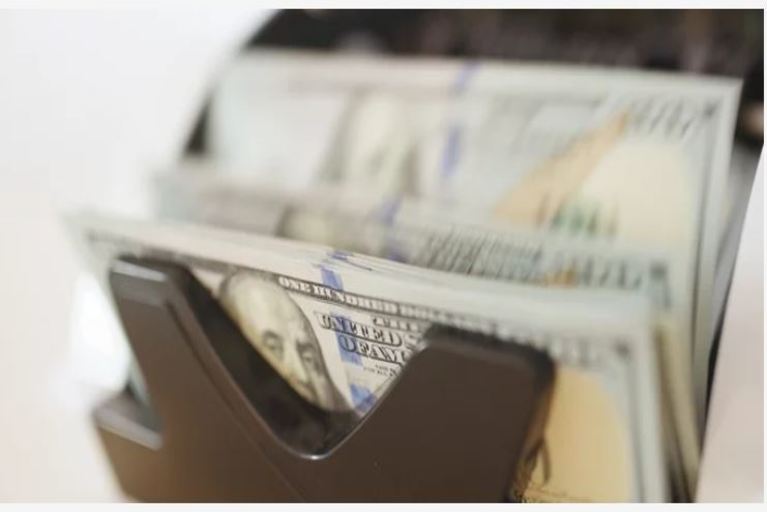
Hundreds of years ago, the counting of money used to happen in the same preparative way as anyone does, by counting one note at a time. And also banks were assigned the job of counting currencies and also they used to keep bundles of 100 notes of similar values like 100 notes of 10 dollars in a bundle. That particular person had mastered the art of understanding currencies by their feel and look also. This process was going on but in the 1920s, the first step was taken to mechanize this counting process. Modifications in several mechanized models were had been done from time to time. In the 1980s a U.S. firm came with a computerized currency counting machine called the REI High-Speed Machine. By using the computerized methods this machine did not only count as much as 70000 notes per hour but also culled any note that was positioned incorrectly.
This is a brief intro to the history of the currency counting machine. Let’s have a look at a modern currency counting machine that can also check the authenticity of the notes.
What is this?
A currency or cash counting machine is a machine that counts money either stacks or loses collections of notes. Modern currency counting machines also can find fake notes by using an advanced electronic scanning system. These machines are easily interfaced with any computer system. Some of them are having own display units whereas others use additional display monitors. The need to validate currency authenticity has increased dramatically and this requirement demands continuous improvement of counterfeit detection technologies.
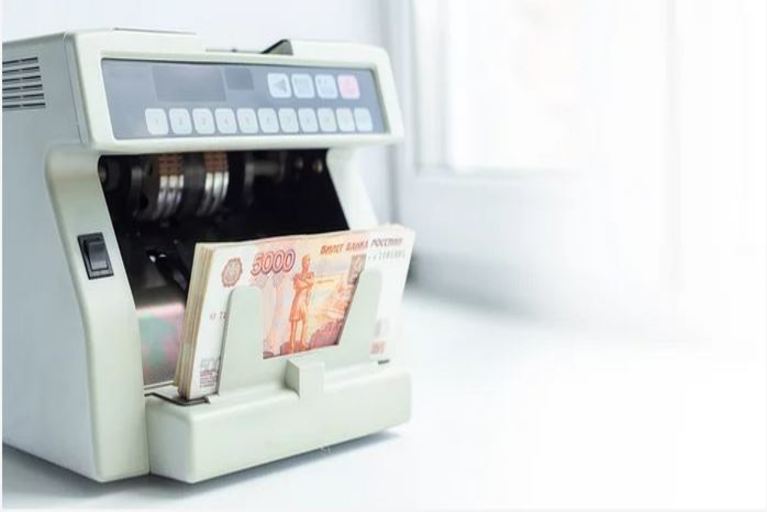
Note counting and checking machine
Units in this machine:
A currency checking and counting machine is a mixed-signal system driven by digital signal processing or MCU (Microcontroller Unit) for system processing. This mixed-signal system is surrounded by high-performance hardware units. It also contains several mechanical units like rollers, rods, etc. We are going to discuss some main electronic units of this gadget, those are given below:
- Sensors
- Signal system or MCU
- Motor
Sensors:
A sensor is a single component or device that senses physical and/or chemical changes. In currency or note counting and checking machine many sensors are being used. In this machine, some of them count the notes in a bundle whereas others are checking the authenticity of notes. Here we are going to discuss some of them.
- Optical sensor
- Ultraviolet (UV) light sensor
- Visible light sensor
- Infrared (IR) light sensor
- Magnetic sensor
- Thickness sensor
Optical sensor:
The optical sensor in this gadget detects each note or currency pass through it and returns the electrical signal to the microcontroller. An optical sensor contains an optical source and an optical receiver. The optical source of this sensor is located on one side of the rotating rollers whereas the optical receiver is located on another side. When a note or currency passes between these parts a variation occurs in the current flow at the optical detector or receiver end. That variation can be considered as a count value, and that is being done by MCU or Digital Signal system.
Ultraviolet (UV) light sensor:
The UV sensor has been responsible to detect the counterfeit notes. All the banknotes or currencies have different security features and they can be detected at a specific frequency light. A UV sensor sees the currencies at high-frequency light (Ultraviolet light). Usually, bank currencies do not reflect any ultraviolet light whereas fake or counterfeit currency reflects UV light.
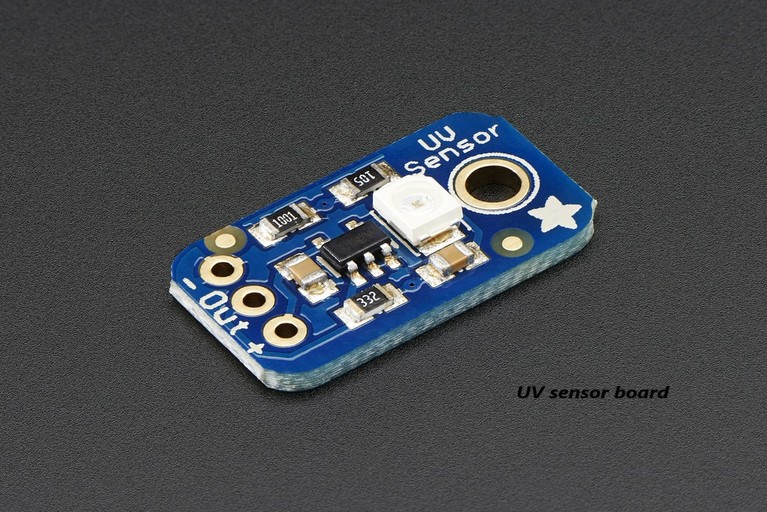
UV sensor module
Visible light sensor:
A visible light sensor sees the bank currencies images the same as our eyes do. These light sensors emit visible frequency light and the banknote reflects the light to the detector of the visible light sensor. This image is usually used to determine its sectarian, detects its serial number, etc.
Infrared (IR) light sensor:
These sensors provide feature to detect double notes those and stick with each other. Also, the IR sensor sees the banknote images at low-frequency light. Different from visible and high-frequency light, IR light is used to acquire both reflected and penetrated images of currency.

Infrared sensor module
Magnetic sensor:
Many of the country bank notes have magnetic materials. The magnetic sensor captures the magnetic field for its analysis.
Thickness sensor:
Thicknesses of the currencies are being monitored to check whether there is transparent tape on the banknote. There are two types of thickness sensor one is using ultrasonic wave while the other one uses a mechanical method to measure the thickness.
Signal system or MCU:
This unit is the motherboard of the machine. It sends various control signals to the sensors and also controls the operations of the rotating motor with rods. Every manufacturer provides a pre-programmed microcontroller to perform required functions like checking currencies of specific country. While thinking about microcontroller boards, Arduino-UNO is one of the good choices for the Microcontroller Unit (MCU).
Motor:
Currency counting and checking machine contains a motor to rotate the rollers while counting and checking the currencies. One control unit is also present to handle motor speed consistency. In general, this unit is integrated with the mainboard or MCU by manufacturers. At present time BLDC motors are being used in this gadget. This kind of motor needs less maintenance and also its controllability is easy. To know more about BLDC motors you can go through this article.
Working process:
As per the above discussion, we can say that the currency counting and checking machine works on the principle of the breadth of the bundle of currency and there is a roller that has rods in a continuous pattern and the roller moves these rods with a particular speed. The roller speed remains consistent as similar to the ATM counting machine and these rollers are moves on the bundle of currency. They move out the single note one by one at a constant and high speed and there are several sensors present, those detect that how much a single note has passed out in front of it. In this gadget, there are design tradeoffs between complete counting speed and amount of currency validation that can be done. To get a good performance we can improve motor control system and drive design. At present time most of the designs are migrating to BLDC (Brush Less DC) motor, due to their low maintenance, precision, and better controllability.
Applications:
Currency counting and checking machine has many application areas. Some of them are given below:
- In banking and financial institutions.
- In hospitals
- Schools and colleges
- Shopping malls
- Hotels and restaurants
Thanks for reading. See you soon with another exploration!

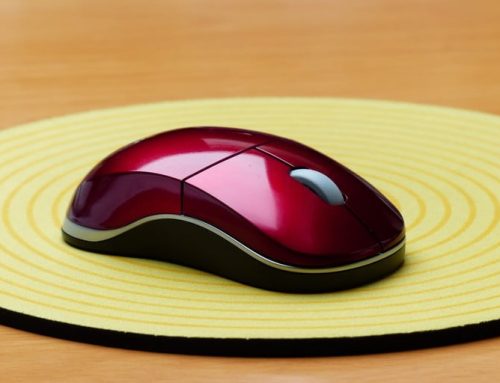
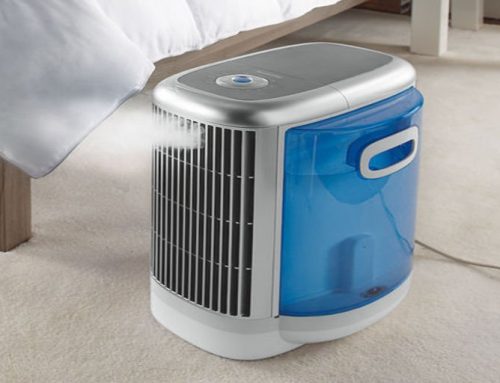
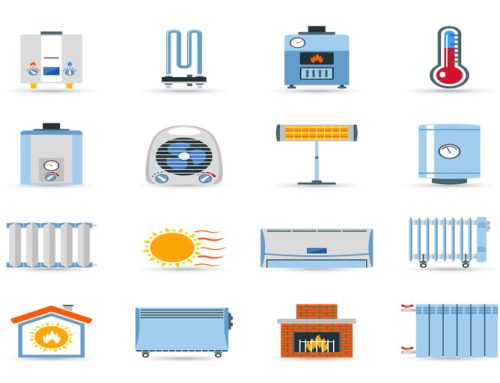
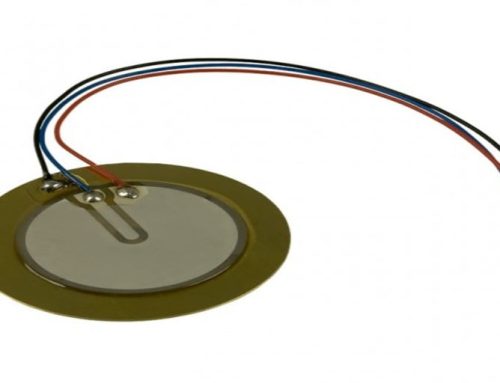

It’s good to know that modern currency machines use an evolved electronic scanning system to detect fake bills. My friend who just opened a shopping store needs to have this. I will tell her to consider buying an automatic currency counter machine to detect fake notes.